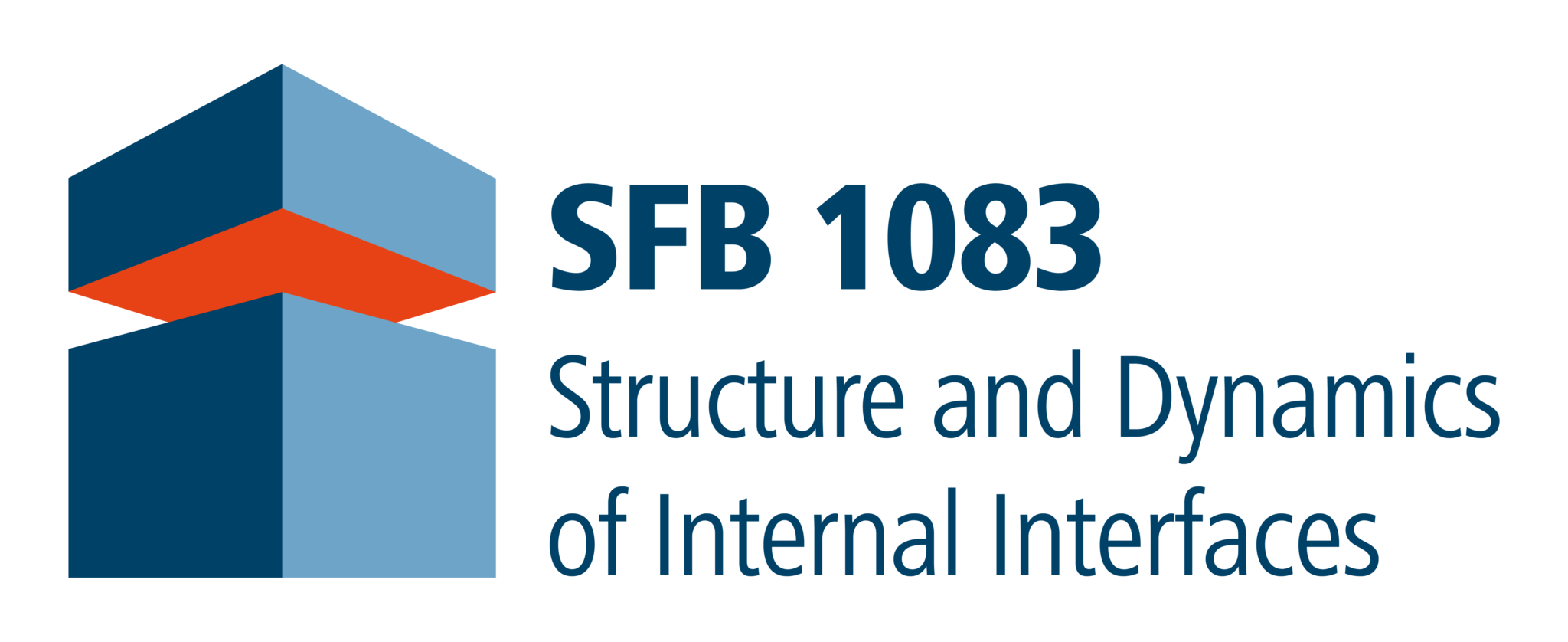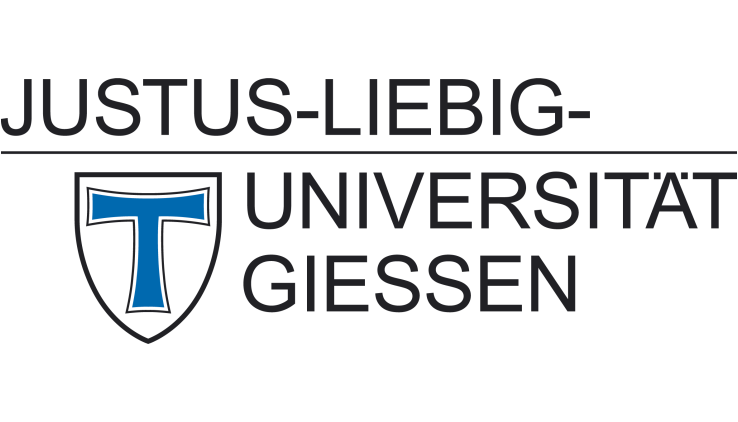Molecular topology critically controls metal-organic interfaces in electronic devices – Publication by A4 (Gottfried), A6 (Tonner), & A12 (Tautz/Bocquet/Kumpf)
In organic electronic devices, such as modern displays with organic light-emitting diodes (OLEDs), organic materials connect to metal electrodes. The resulting metal–organic interfaces, which are in the focus of SFB 1083, determine important performance parameters such as rates of charge-carrier injection. Precise control over the interface properties, especially the wave-function overlap and the energy-level alignment, is therefore critical for rational improvement of organic electronic devices. Here, the SFB 1083 projects A4, A6 (both Univ. Marburg) and A12 (at FZ Jülich), together with groups in Utrecht (NL), Warwick (UK) and Erlangen (DE), show that the properties of metal-organic interfaces depend strongly on the linking pattern of the atoms in the organic material.
In organic semiconductors, the carbon atoms are typically laid out in a honeycomb-like sheet of abutting six-sided rings. If the sheet contains no odd-numbered rings, it is described as an “alternant topology.” Researchers rarely consider nonalternant topologies, which occur when the structure contains, for example, five- or seven-sided rings. To elucidate the influence of the topology on the interaction with a metal surface, the authors compare the aromatic hydrocarbon naphthalene to its nonalternant isomer, azulene, and study their interactions with a copper surface.

Azulene-like nonalternant 5-7 structural element embedded in a graphene lattice (right), compared to the ideal graphene lattice left. The figure shows sections through the charge density for both systems, according to DFT calculations. The 5-7 element accumulates negative charge (red) at the 5-membered ring and positive charge (blue/white) at the 7-membered ring. Copyright by CC-BY 4.0.
Benedikt Klein and his co-workers find that azulene forms a much stronger and shorter bond to copper than naphthalene. Spectroscopic analysis of the electronic structure reveals that azulene forms a true chemical bond and receives negative charge from the surface, whereas naphthalene bonds only weakly and does not exchange charge. Theoretical analysis reveals that the influence of the topology on the electronic structure, especially the lowest unoccupied molecular orbital, is responsible for the different behavior. This comprehensive analysis of a surface chemical bond was only possible through a multi-technique approach, which involved a collaboration between six research groups from experiment and theory, including three from SFB 1083. Important contributions were made by the groups of Ingmar Swart (Utrecht, NL), Reinhardt Maurer (Warwick, UK), and Wolfgang Hieringer (Erlangen, DE).
Based on their findings, the authors propose that the incorporation of nonalternant structural elements can be used to control and optimize performance-related properties of functional metal–organic interfaces.
Publication
B. P. Klein, N. J. van der Heijden, S. R. Kachel, M. Franke, C. K. Krug, K. K. Greulich, L. Ruppenthal, P. Müller, P. Rosenow, S. Parhizkar, F. C. Bocquet, M. Schmid, W. Hieringer, R. J. Maurer, R. Tonner, C. Kumpf, I. Swart, and J. M. Gottfried, Molecular topology and surface chemical bond: alternant versus nonalternant aromatic systems as functional structural elements, Physical Review X 9/1(2019) 011030 (17pp) DOI:10.1103/PhysRevX.9.011030
Contact
Prof. Dr. Michael Gottfried
Philipps-Universität Marburg
SFB 1083 project A4
Tel.: 06421 28-22541
EMAIL







